Special Report
Attractions That Are Being Destroyed by Climate Change

Published:
Last Updated:

Hottest years on record, storm surges never seen before, Antarctica breaking apart iceberg by iceberg, hurricanes that practically wipe out coastal cities — these and other climate events are shocking communities around the world, and will likely only become worse as global temperatures continue to rise.
The vast majority of climate scientists agree the Earth’s warming is mainly due to man-made sources of greenhouse gases. Human activities over the last century, such as burning fossil fuels, have led to an increase in carbon dioxide and other greenhouse gases. They trap heat in the Earth’s atmosphere, leading to warmer temperatures globally.
Warmer temperatures result in warmer oceans and melting ice. The former could lead to increasingly more severe and more frequent storms; the latter causes rising sea levels which pose an immediate threat on low-lying communities – and some are actively making plans to relocate to higher grounds.
Higher temperatures lead to more evaporation, which means there is more water for rainfall. For every degree increase, the atmosphere can hold around 4% more water vapor, which leads to heavier rain, increasing the risk of flooding.
Many countries are trying to come up with a way to curb global warming. The current goal is to keep the temperature rise below 2 degrees Celsius above pre-industrial levels. Since the late 19th century, especially in the last 35 years, the global temperature has increased by about 0.9 degree Celsius. The five warmest years on record have all occurred since 2010.
The effects of climate change are putting some of the world’s most popular tourist destinations at risk of disappearing or, at the very least, losing the very biodiversity that attracts visitors to many in the first place.
To compile a list of 28 tourist attractions that are being significantly affected by climate change, 24/7 Wall St. reviewed dozens of reports by groups such as the Urban Climate Change Research Network, NASA, the National Climate Assessment, the Environmental Protection Agency, and the U.S. Global Change Research Program.
Click here to see the tourist attractions that are being destroyed by climate change.
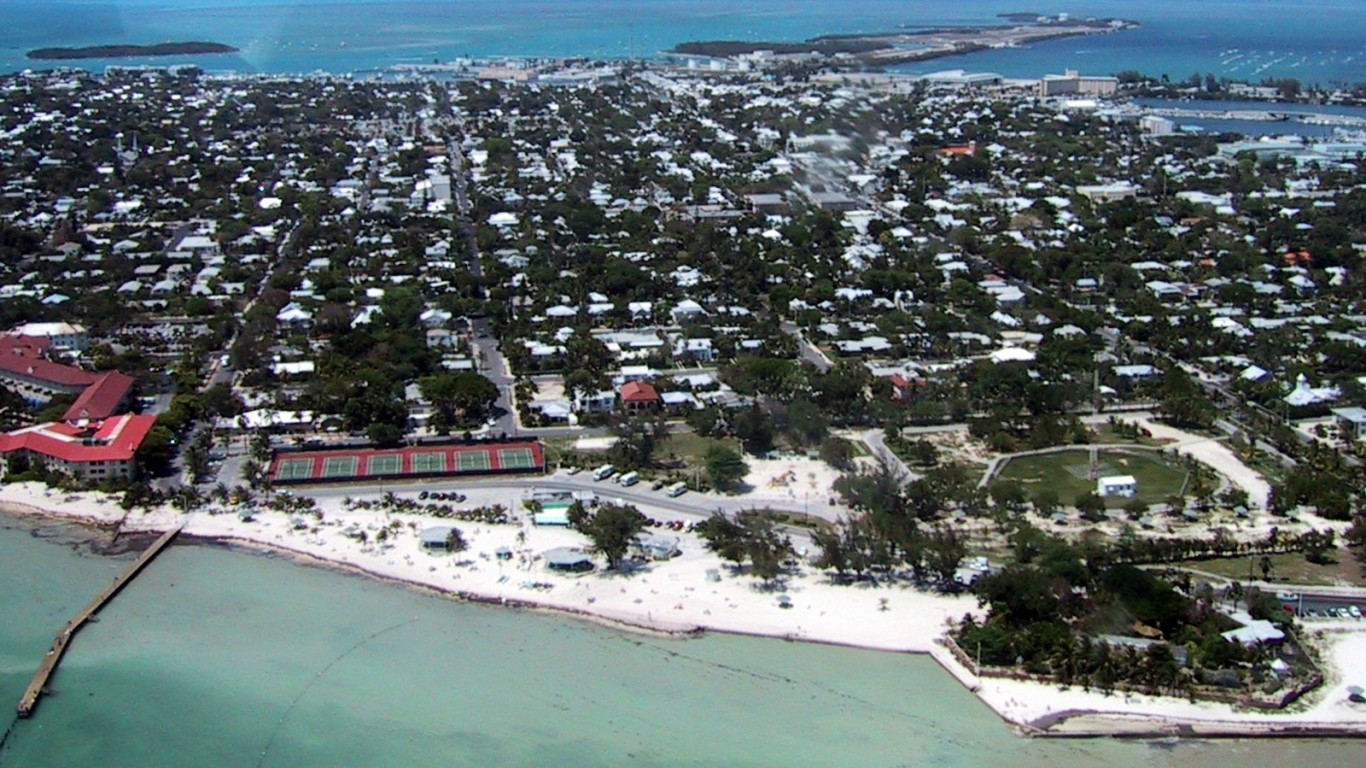
Key West, Florida
Key West airport is flooded a few times a year. The average height above sea level is just 3 feet, and storm surges have reached 8 feet. Hurricanes in the Gulf of Mexico are only going to get worse as a result of global warming, increasing the likelihood of Key West being hit. The Florida Keys in general are already experiencing consistent problems with rising sea levels. Big Pine Key, the second largest island, is expected to be under water in just a few decades.
[in-text-ad]

Rio de Janeiro, Brazil
One of South America’s most popular cities has always been warm, but it’s getting warmer there and this will cause many problems. By some estimates Brazil’s second most populous city will be the one worst affected on the continent, with floods, heat waves, and the resulting damage and spread of disease becoming more common.
The sea level is expected to rise by more than 5.5 inches in the next few years, according to a report by the Urban Climate Change Research Network, a consortium of climate change scientists.
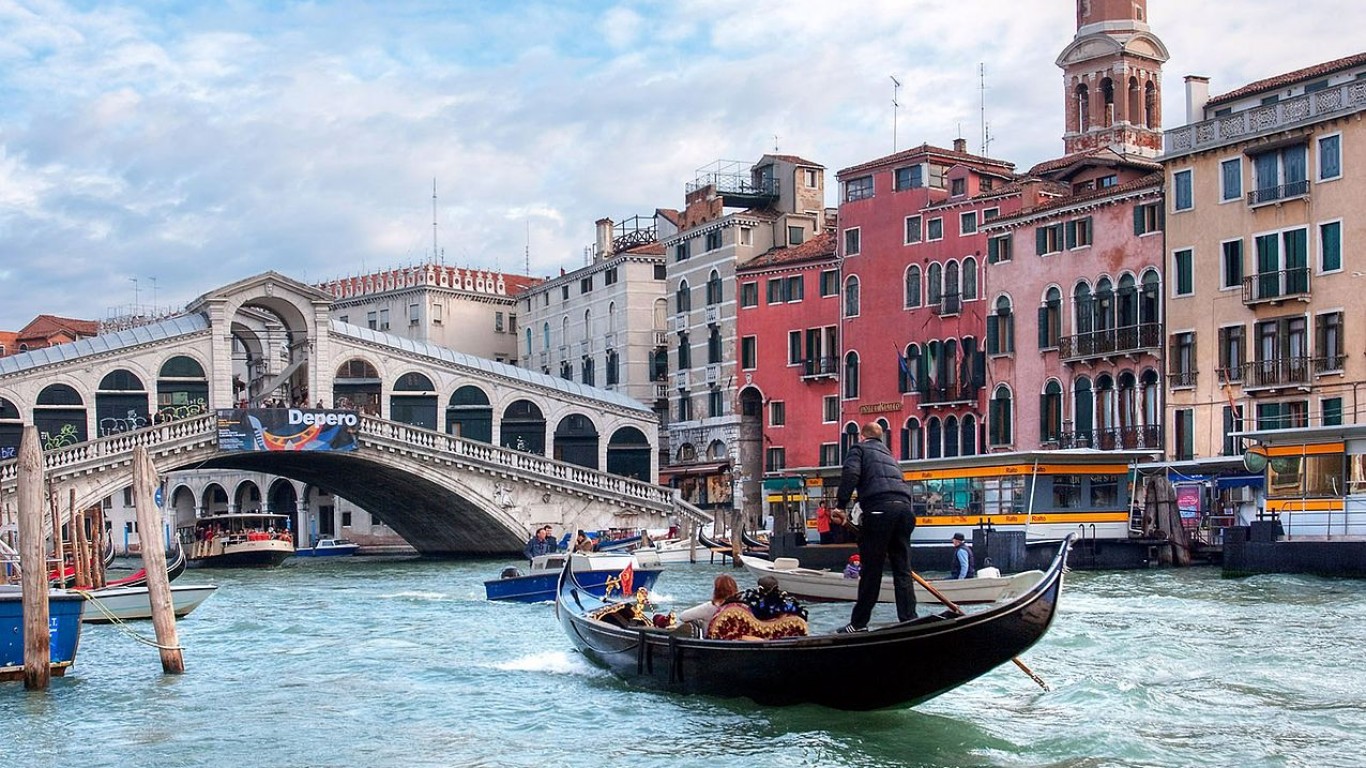
Venice, Italy
About 70% of Venice, a city sick and tired of tourists, was under water in October 2018 during one of the worst floods in Italy’s history. Experts warn such episodes are part of a pattern consistent with climate change. Sea levels have increased by nine inches since 1897, 40% of which is due to melting polar ice.

Alaska
No other place in the United States has warmed faster than Alaska. Sea ice and glaciers are getting smaller and the permafrost layer — soil beneath the surface that is permanently frozen — is melting. This can lead to soil sinking, destroying roads and infrastructure. The state, which accounts for about a fifth of the nation’s territory, has seen average temperatures increase by 3 degrees in the last 60 years, including an increase of 6 degrees in the winter.
[in-text-ad-2]

The Amazon
The Amazon is the largest tropical forest on the planet and absorbs most of the carbon dioxide people produce. Droughts, which have become more common over the last decade, have killed many trees. Tall trees die first, because they need more water to survive, reducing the overall height of the forest. This, in turn, leads to the forest being unable to store as much carbon dioxide as it once did.

The Great Barrier Reef, Australia
One of Australia’s most famous natural wonders is losing its corals. Global warming has led to warmer waters which have caused bleaching — when corals get rid off the algae in them, turning white. So far this has killed about a third of the 3,863 reefs, which make up the world’s largest coral system.
[in-text-ad]

Glacier National Park, Montana
The U.S. Geological Survey has warned that Glacier National Park — known for the Going-to-the-Sun Road, glacier peaks, the Hidden Lake, and hundreds of hiking trails in the wilderness — is shrinking because the glaciers are disappearing.
Some of the glaciers have lost as much as 85% of their size since 1966 due to warmer temperatures melting their ice. Only 26 glaciers are larger than 25 acres, which is the minimum for a body of ice to be considered a glacier.
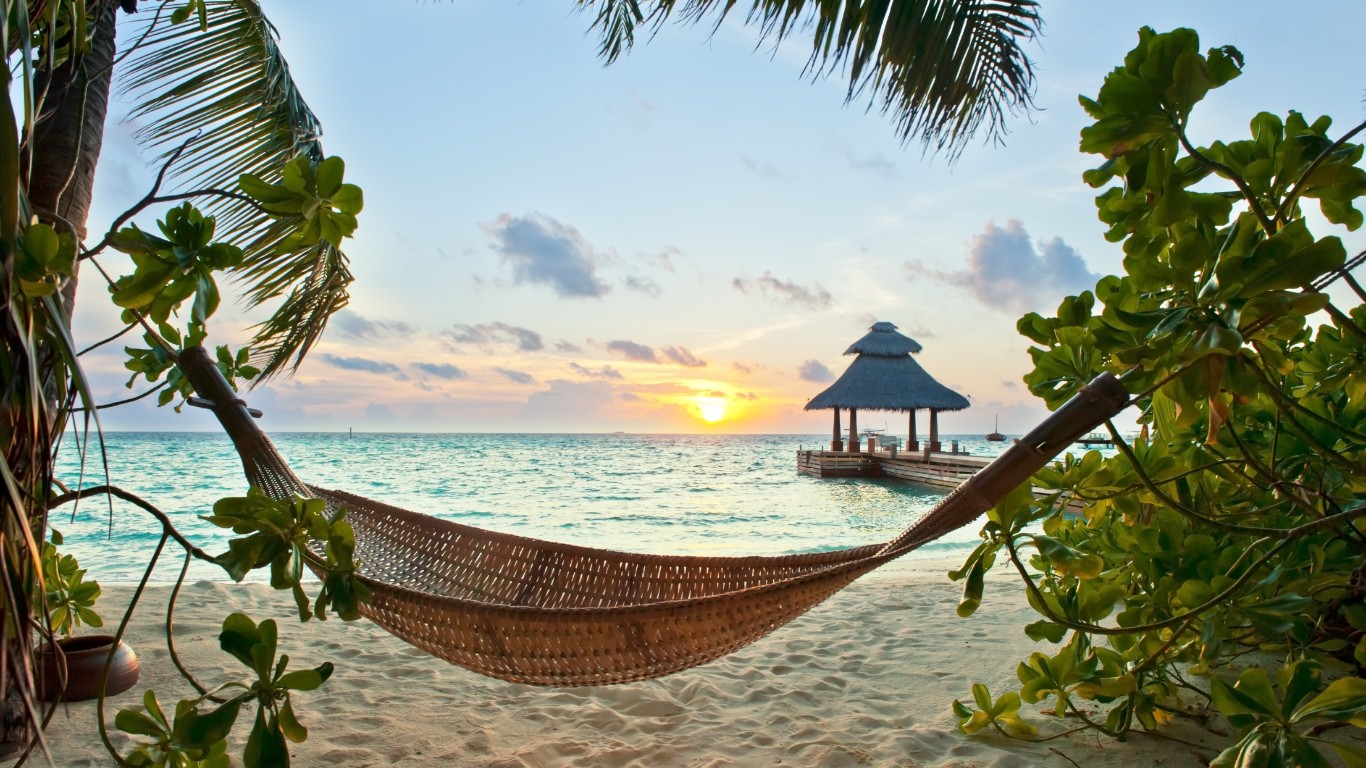
The Maldives
The Maldives, a popular tourist destination, is just about 3.3 feet above sea level. The country was formed from coral sands, making it extremely vulnerable to global warming and the resulting rising sea levels. Most of the islands will be underwater by the end of the century, according to some estimates. The Maldives already has a problem with frequent flooding due to storm surges.
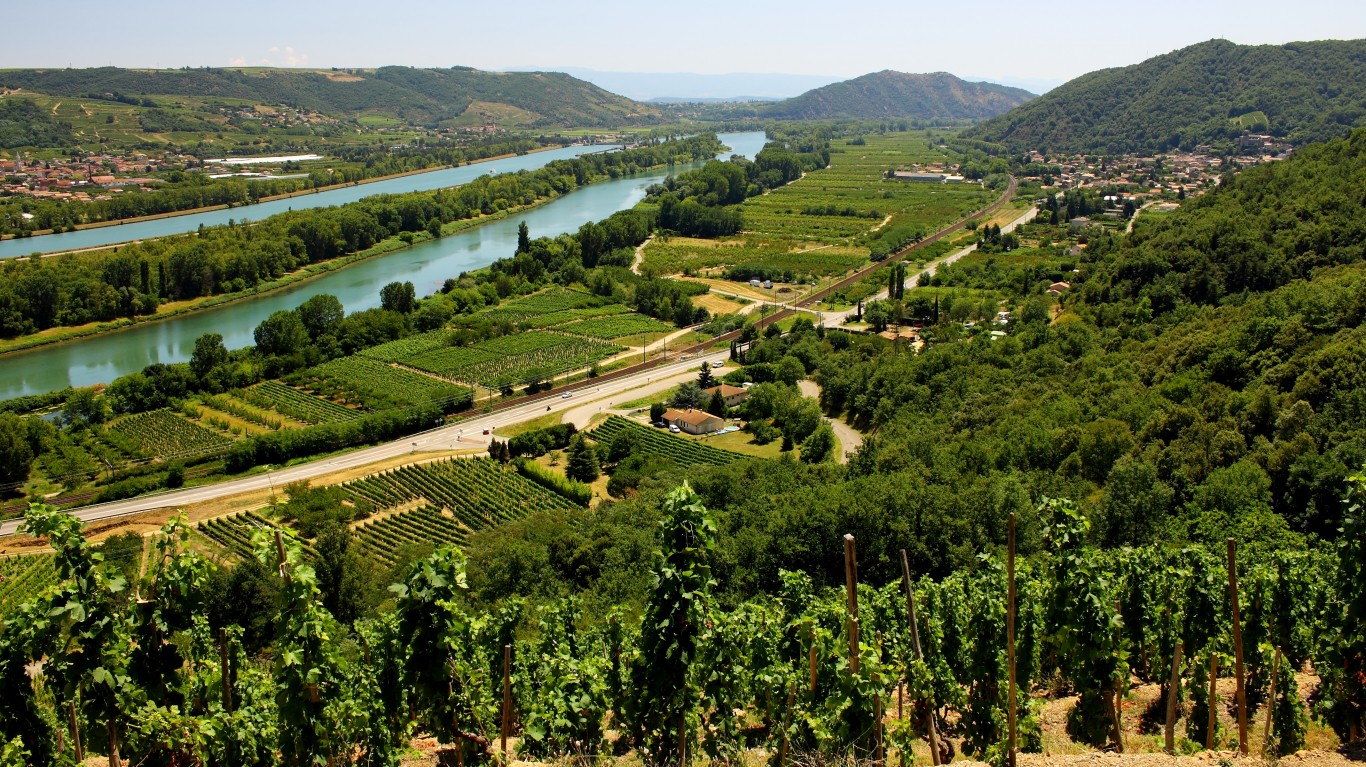
Rhone Valley, France
The wine region in France is already known as having hot summers and cold winters, but climate change is causing more extreme temperatures. This can destroy grapes in vineyards, which is terrible news for wine drinkers.
The rise in temperature will also bring very wet winters as a result of ice in the Alps melting. The fact that there will be less ice to melt in the first place means less water running into the Valley, leading to more droughts.
[in-text-ad-2]
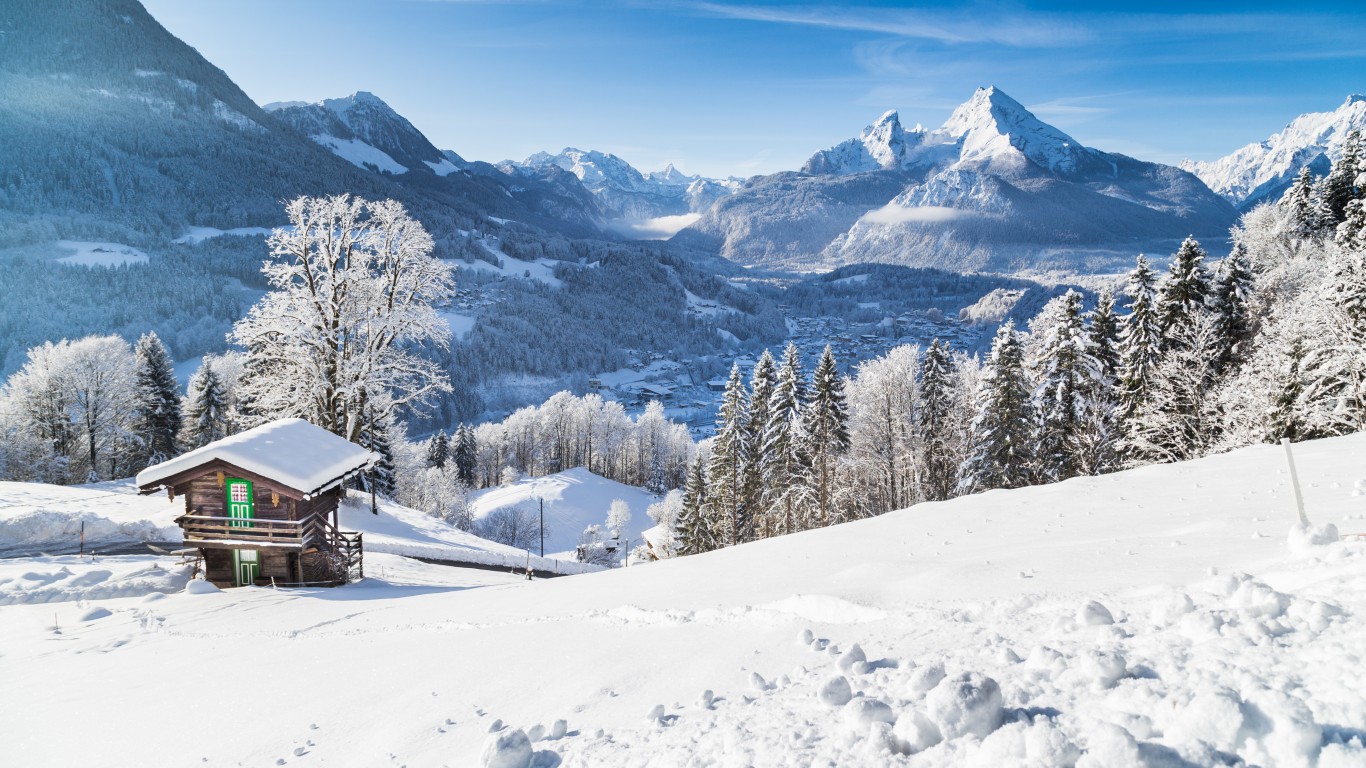
The Alps
All Alpine glaciers have decreased in size over the last century, largely due to global warming. And less water is being stored as ice. Floods and avalanches have become more common. The increasingly warmer temperatures in the Alps will damage the permanently frozen layer, leading to more rock falls and landslides.
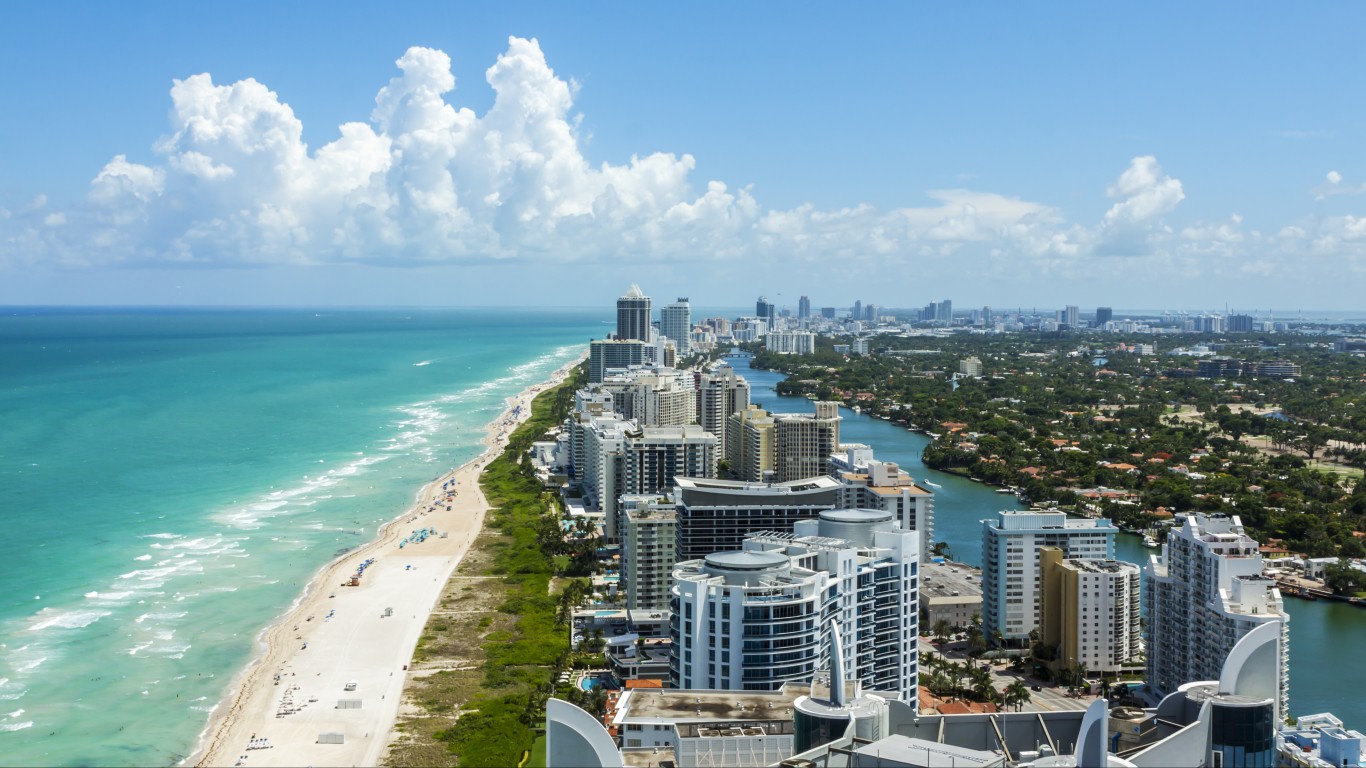
Miami, Florida
Miami is “ground zero” for climate change and rising sea levels. Some residents are already elevating their seawalls by a few feet to protect their homes. Much of Miami will be under rising Atlantic waters by the end of the century.
A more immediate threat, also as a result of global warming, is keeping drinking water safe. The city’s aquifer can be easily contaminated due to frequent floods and other climate problems, such as last year’s toxic algae blooms.
[in-text-ad]
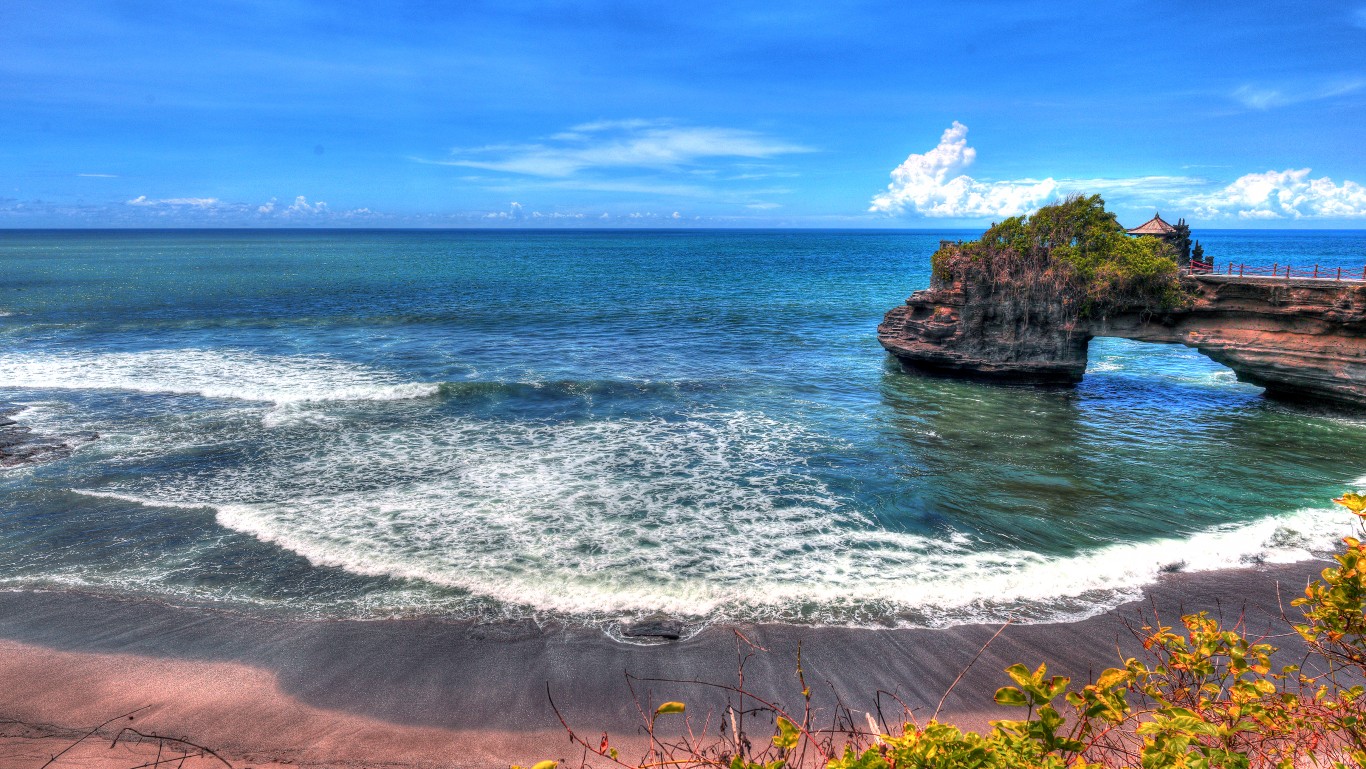
Bali, Indonesia
Wet seasons are getting wetter and longer and dry seasons are getting drier. A 2007 study found that rainfall on the island will increase by approximately 10% in summer months by 2050, but will decrease by 75% in the dry season. The dry season, which is when most people prefer to travel to Bali, will be hotter and more polluted due to smog from large urban areas and forest fires.
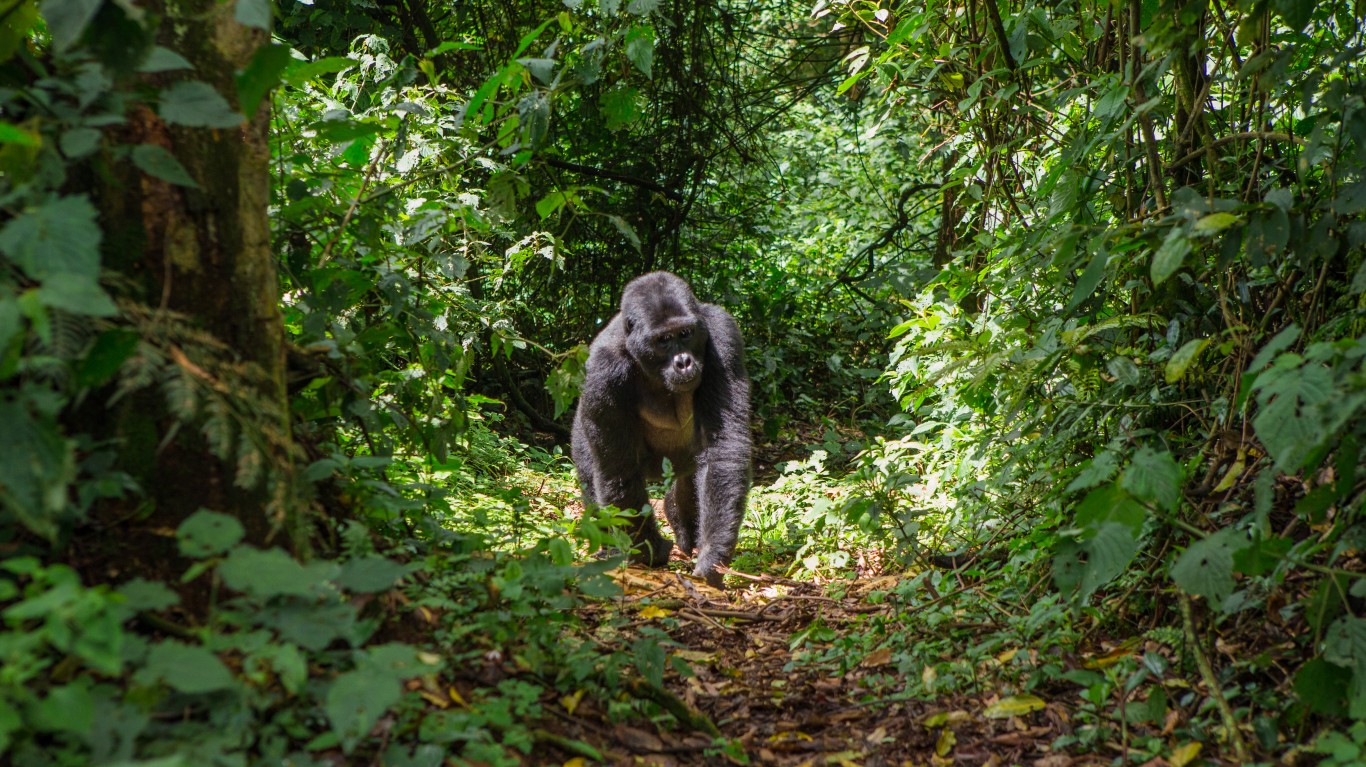
Uganda
Uganda, one of two places where you can see gorillas in their natural habitat, is at risk of more frequent heavy rains, flooding, landslides, drought, and heatwaves. Climate change will have a tremendous effect on coffee production, the most valuable industry in the country. Warmer temperatures and longer droughts will damage coffee trees and expose them to harmful pests and diseases. Water scarcity as a result of higher temperatures can also lead to conflict and loss of plant and animal life.
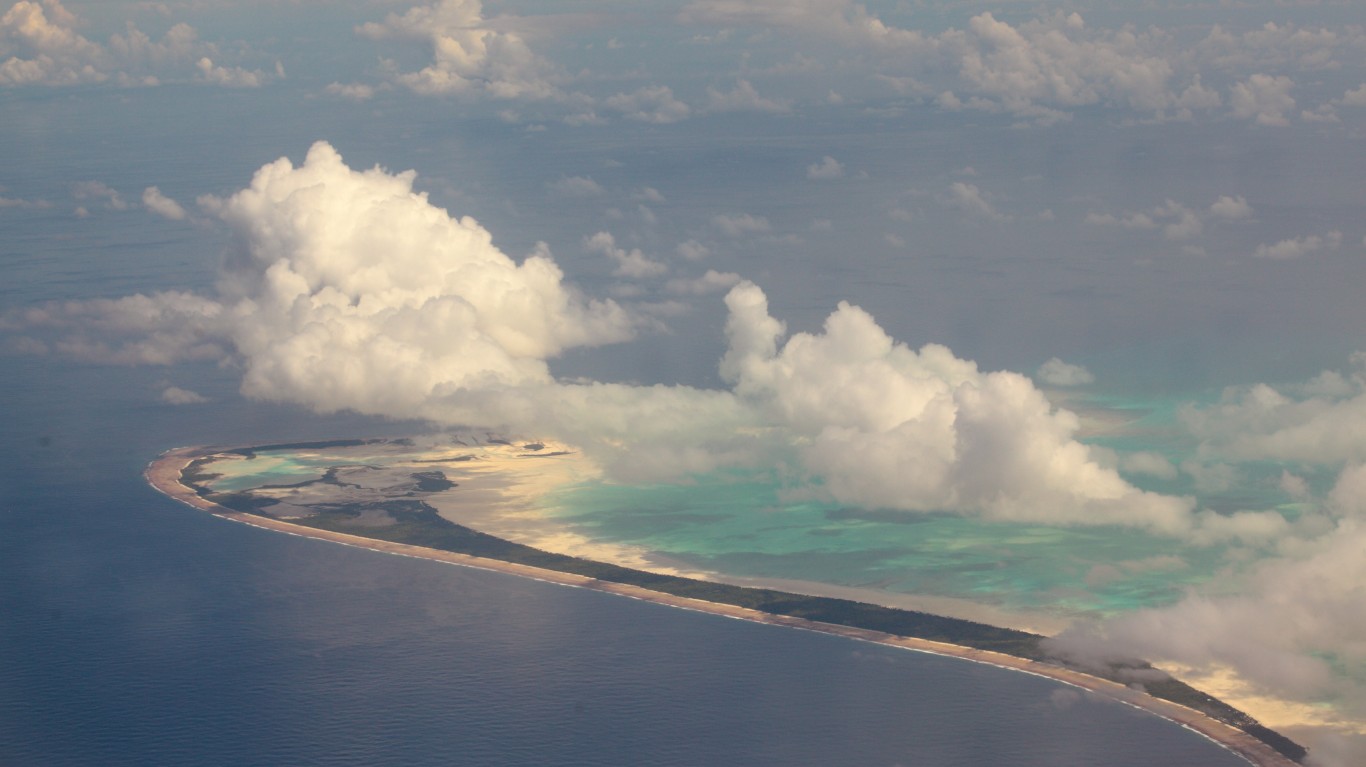
Kiribati
In 2017, Kiribati declared that global warming is literally killing it. The nation, which consists of 33 islands that are about 6 feet above sea level, may actually become the first to be completely destroyed by global warming. Rising sea levels have already swallowed masses of coastline. The country, which is home to about 100,000 people, is expected to become uninhabitable long before it’s completely underwater.
[in-text-ad-2]
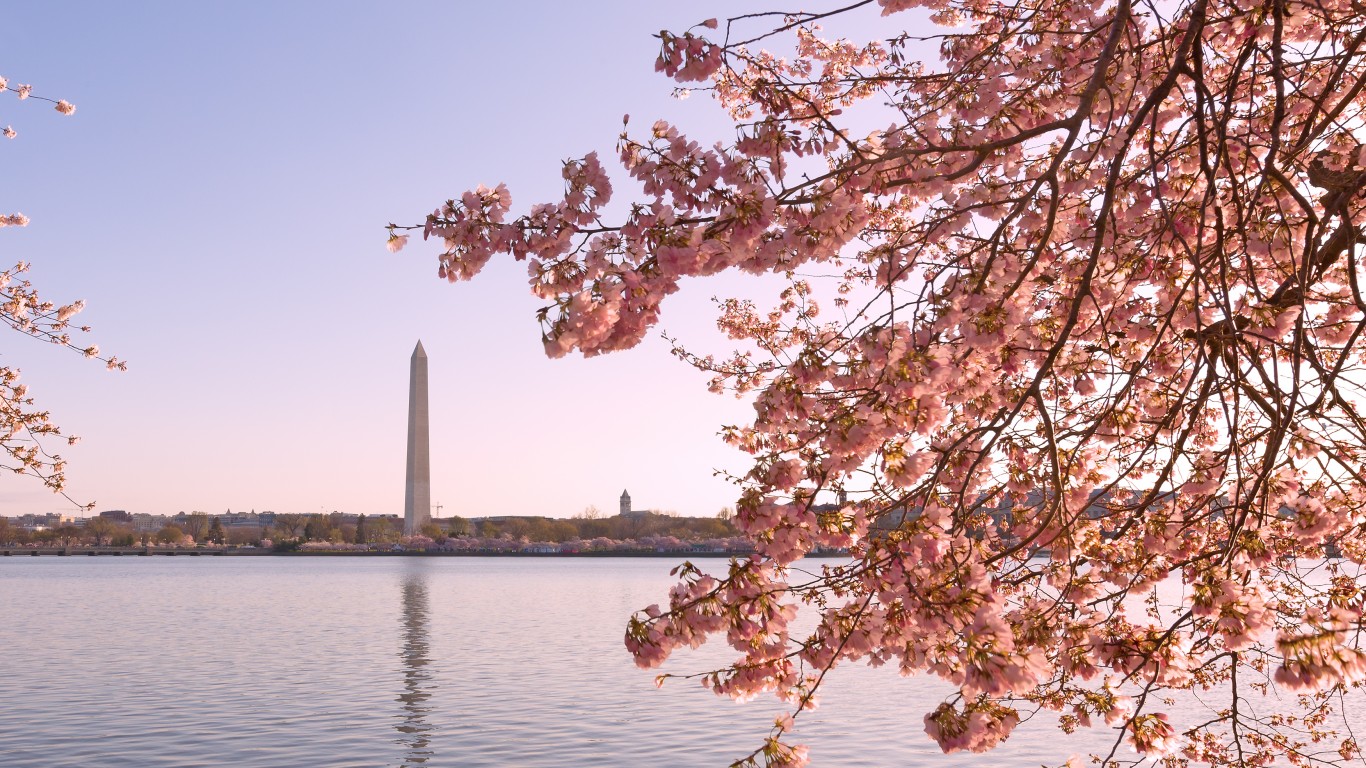
Washington, D.C.
Seasons have all become warmer since the 1940s, and it’s only getting worse. Warmer temperatures lead to more severe droughts as well as floods. Rainfall from heavy storms has gone up by over 25% across the eastern United States since the mid-1950s. Extreme floods will significantly damage many buildings and infrastructure. By 2100 the White House may be a beach house. The Blackwater National Wildlife Refuge on the Eastern Shore has already lost more than 5,000 acres of wetlands since the 1940s due to sea-level rise. Water levels in the Potomac and Anacostia rivers are up 11 inches over the last century.

Mount Kilimanjaro, Tanzania
Most visitors go to Tanzania to climb Mount Kilimanjaro, Africa’s highest point at 19,336 feet and the world’s highest free standing mountain. The summit’s glaciers have receded by 33% since 1989. At this rate, there will be no ice on the mountain within a couple of decades. Getting to the top is not technically very difficult, but it’s a long trip. Some adventurers worry that if they don’t go soon, they may never get the chance because the ice is melting too fast.
[in-text-ad]
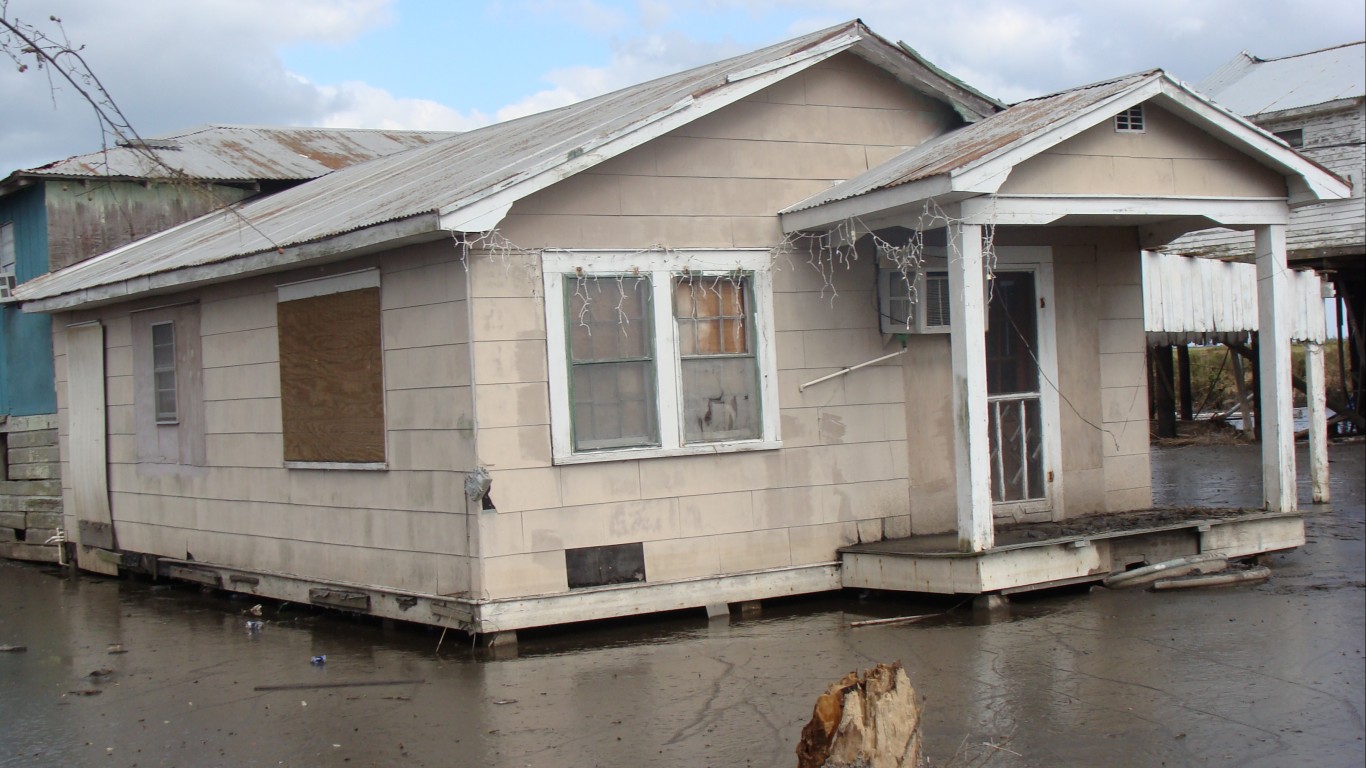
Isle de Jean Charles, Louisiana
Locals have lost 98% of their land since 1955 due to a combination of gradual sinking, erosion, and sea level rise. Only 29 homes remain. The federal government granted the island $48 million to relocate residents, an unprecedented move. The money was used to buy land on higher ground some 40 miles from the island.
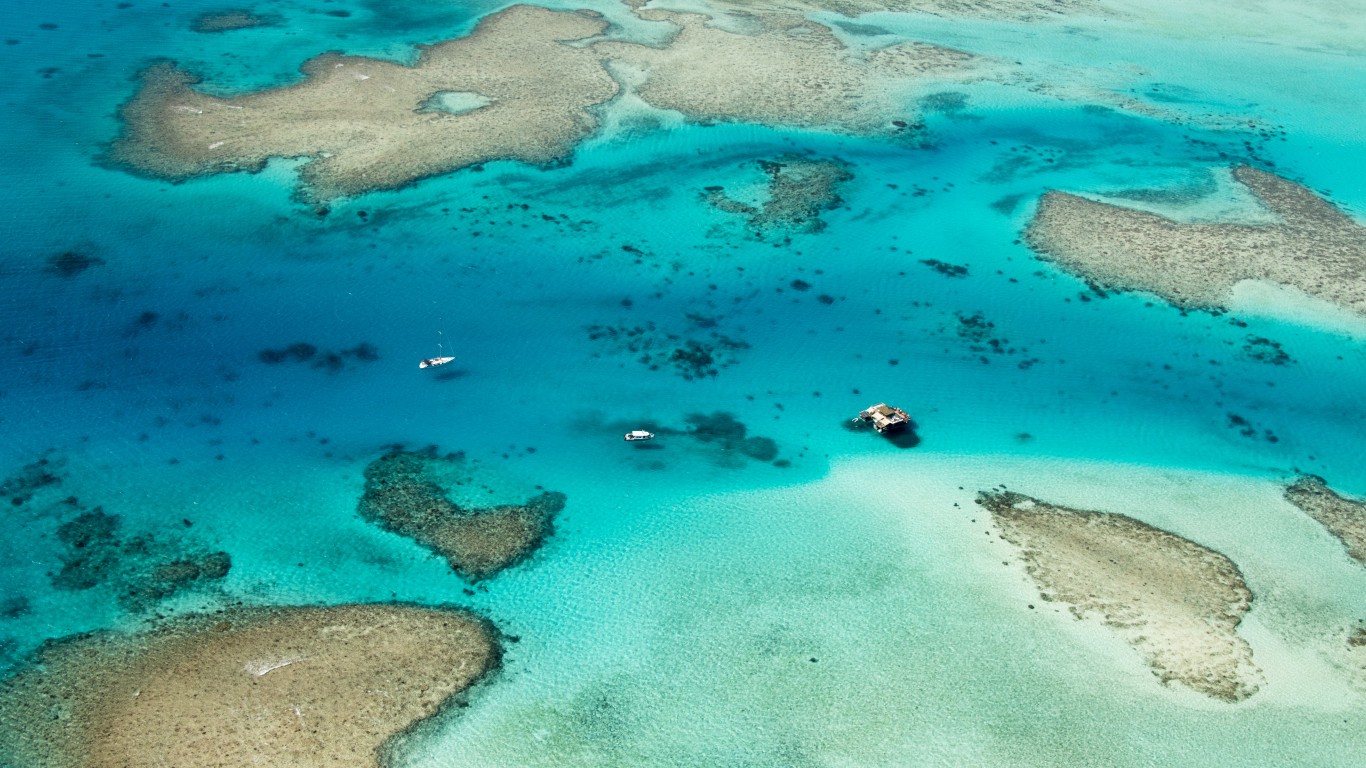
Fiji
All of Fiji, which is made up of more than 300 low-lying islands, is fiextremely vulnerable to rising sea levels. Cyclones and floods can bring about devastating damage. In 2012 the entire population of one village abandoned their homes and relocated to higher ground.
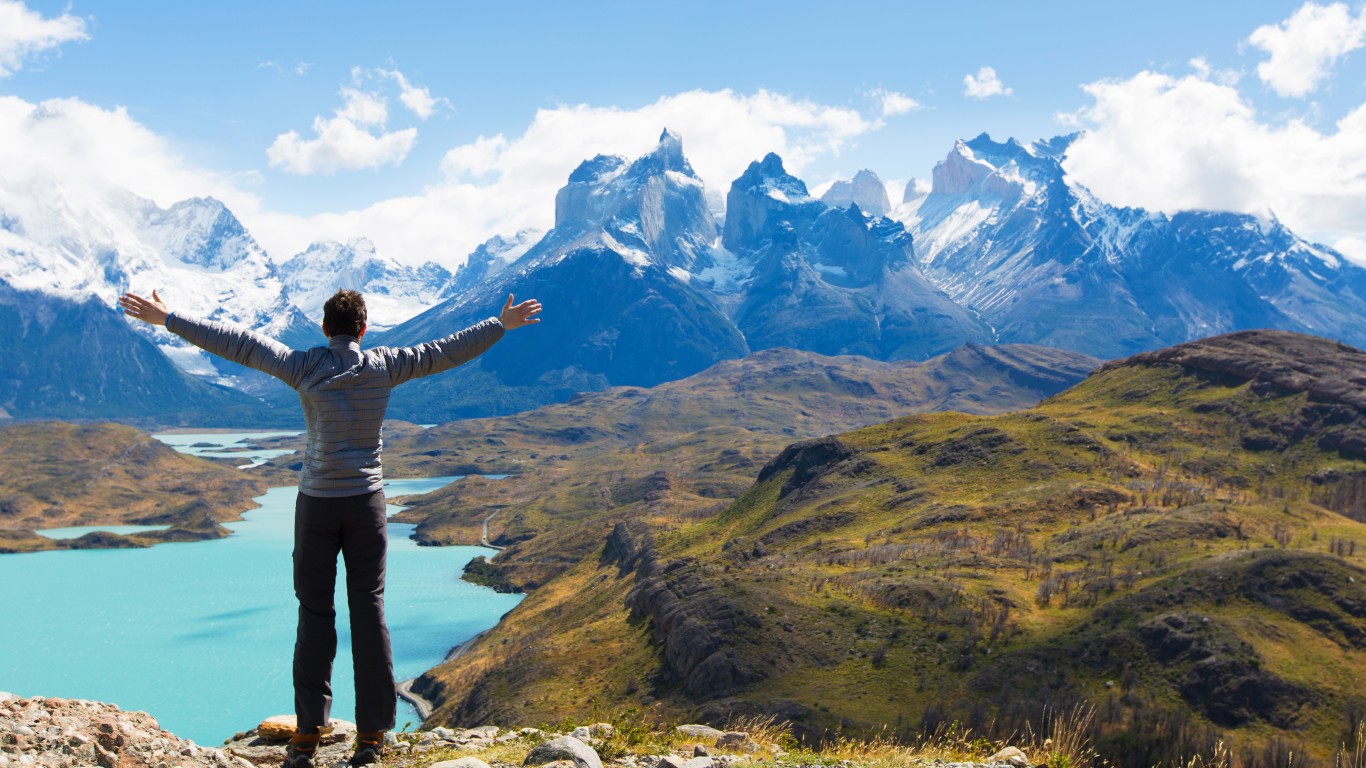
Patagonia, Chile
The giant ice fields of Southern Patagonia are diminishing 1.5 times faster than previously thought, according to Cornell University researchers. South America’s southernmost tip is known for Torres Del Paine National Park, dinosaur fossils, whales, mountain peaks, icefields, and glaciers, many of which are receding rapidly — “at some of the highest rates on the planet,” according to Eric Rignot, a glaciologist at NASA.
[in-text-ad-2]

White Cliffs of Dover, Great Britain
One of England’s most iconic attractions is eroding at an unprecedented speed — 10 times faster now than in the last 7,000 years. Human management is being blamed as local officials have stripped parts of the coastline from their protective status. But more severe storms due to climate change and brutal waves have also significantly contributed to the erosion. The cliffs lose up to a foot of their soil a year.
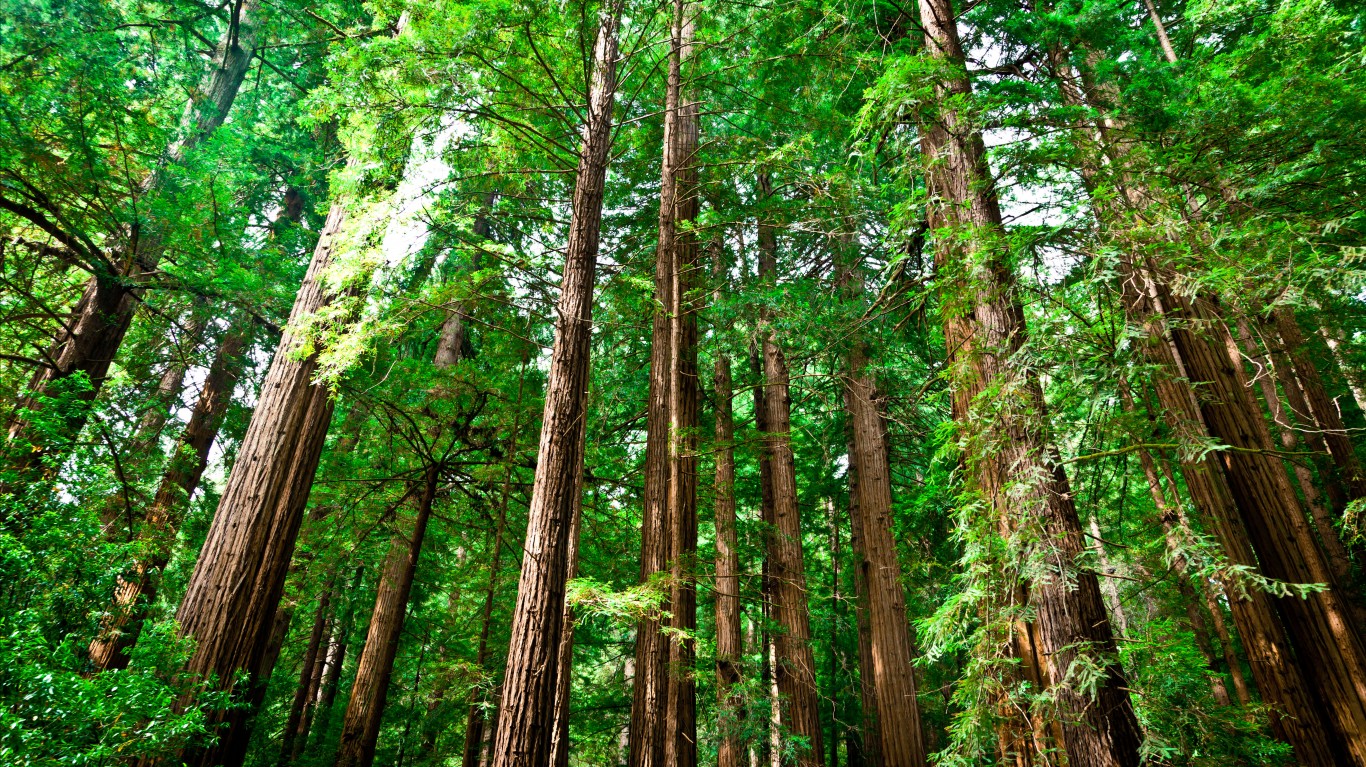
Redwoods in California
The iconic trees in California attract more than 2 million tourists every year. Fog, which contains small water droplets, is what helps them make it through warm summers. But fog is on the decline due in part to global warming and urban heat areas that are only getting bigger and replacing natural ecosystems.
[in-text-ad]
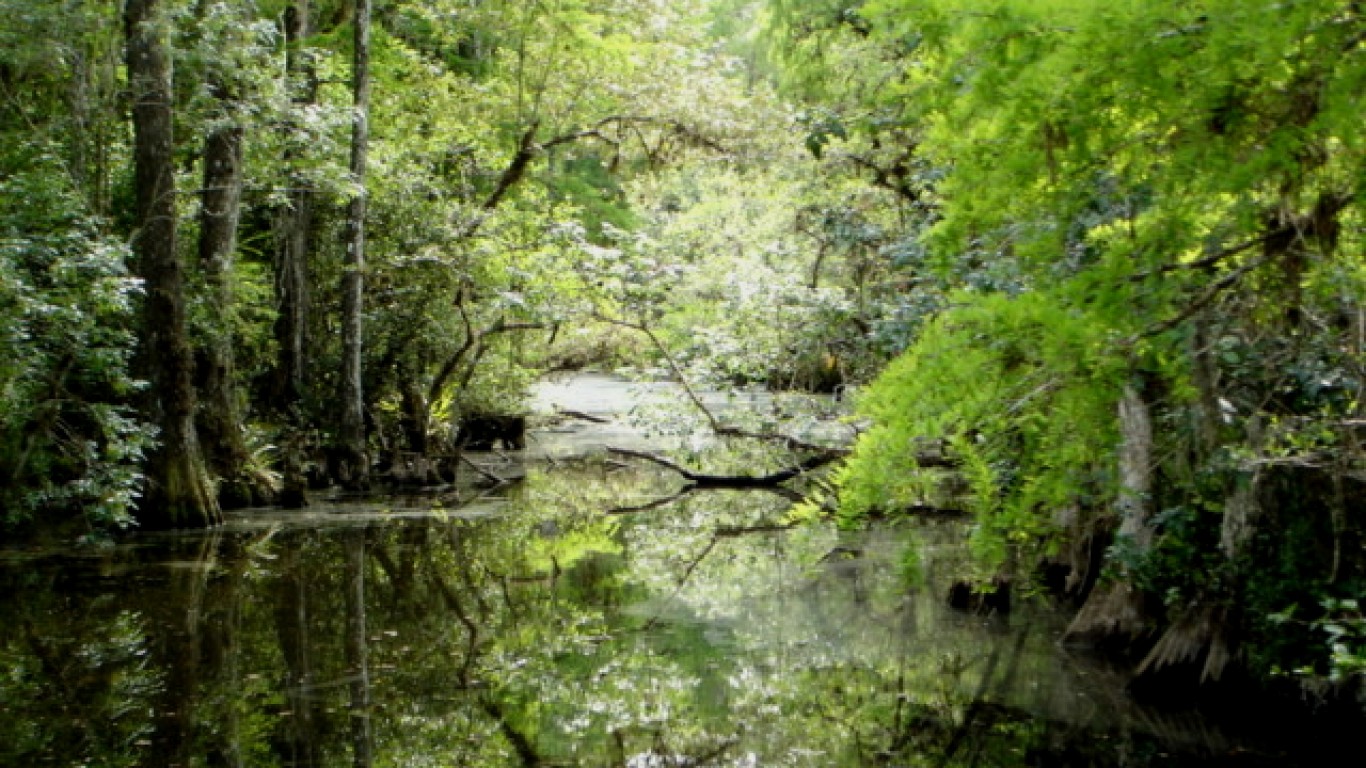
Everglades, Florida
The 1.5 million acres of wetlands that are actually a World Heritage Site are fragile due to sea water incursion. Saltwater damages plant life and promotes erosion. Sea levels are rising faster than predicted — they are 3 inches above the 1993 average. It’s happening so fast that plants and wildlife in the park are struggling to adapt.
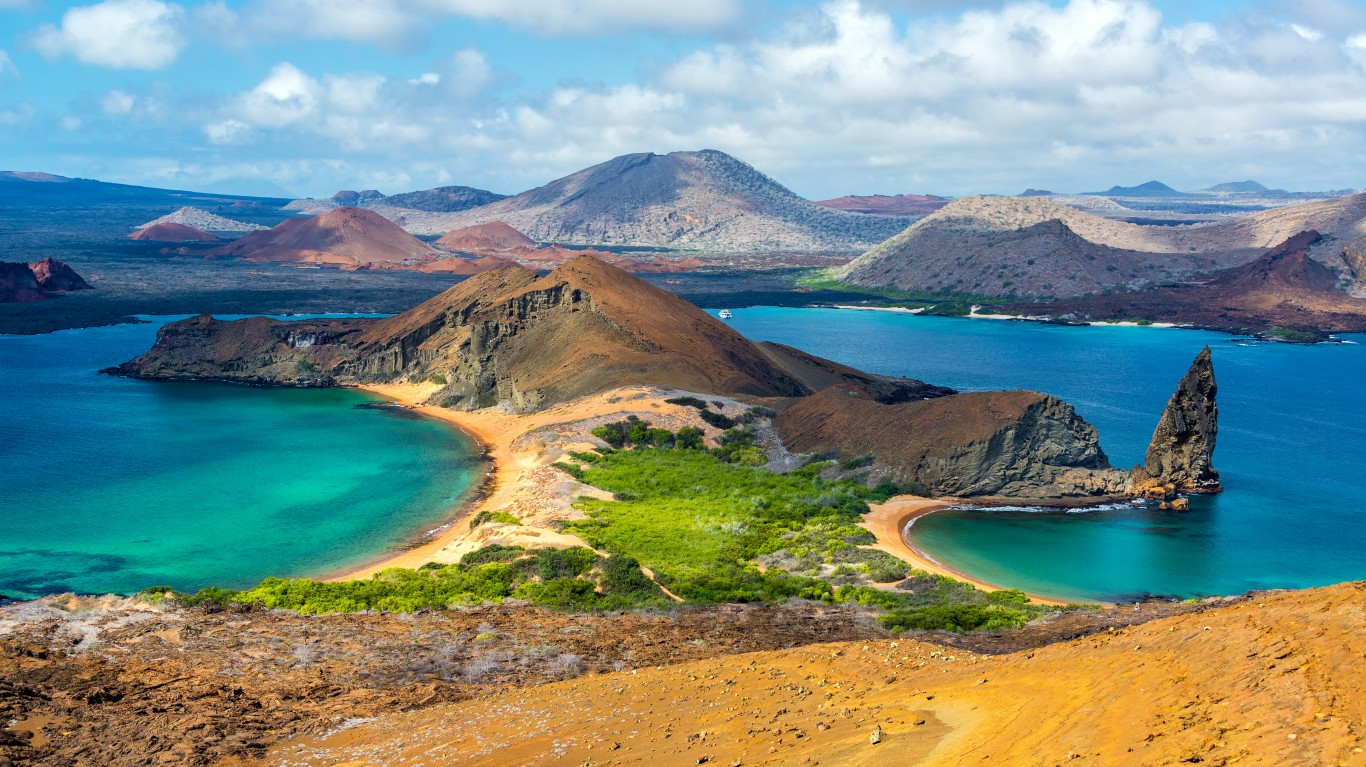
Galapagos Islands
Warmer sea and land temperatures are predicted to have a significant effect on the Galapagos Islands. The 19 islands located at the confluence of three ocean currents are often referred to as a unique “living museum and showcase of evolution.” The upper layers of the Pacific Ocean are getting warmer as the water absorbs more heat, hurting marine life. Ocean acidification has also threatened the region’s biodiversity.
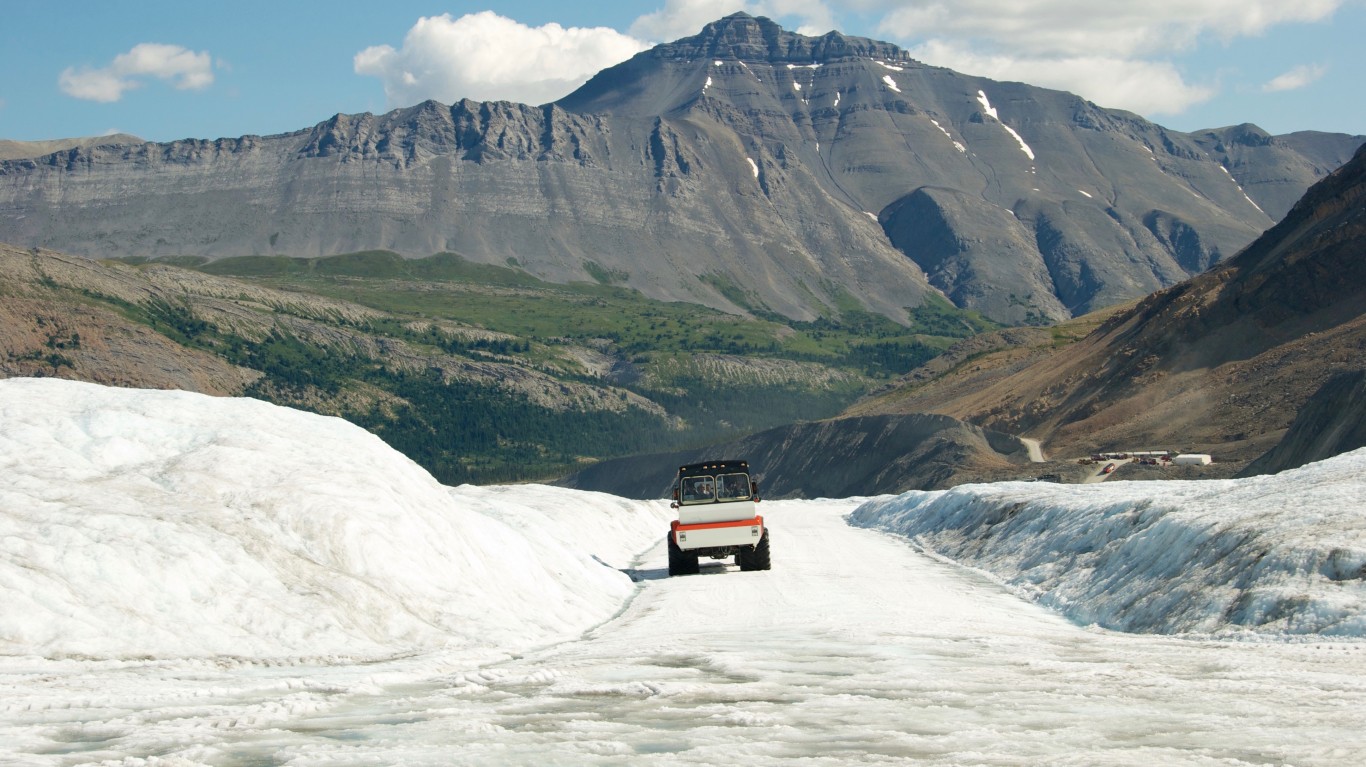
Athabasca Glacier, Alberta, Canada
This is the most visited glacier in North America. It covers an area of about 2.3 square miles, making it the largest of six ice sheets that form the Columbia Icefield. It’s losing more than 16 feet a year. At this rate the glacier, which is often referred to as “the mother of rivers” because its meltwater ends up in the Pacific, Atlantic and Arctic oceans, will be just an alpine meadow within a century.
[in-text-ad-2]
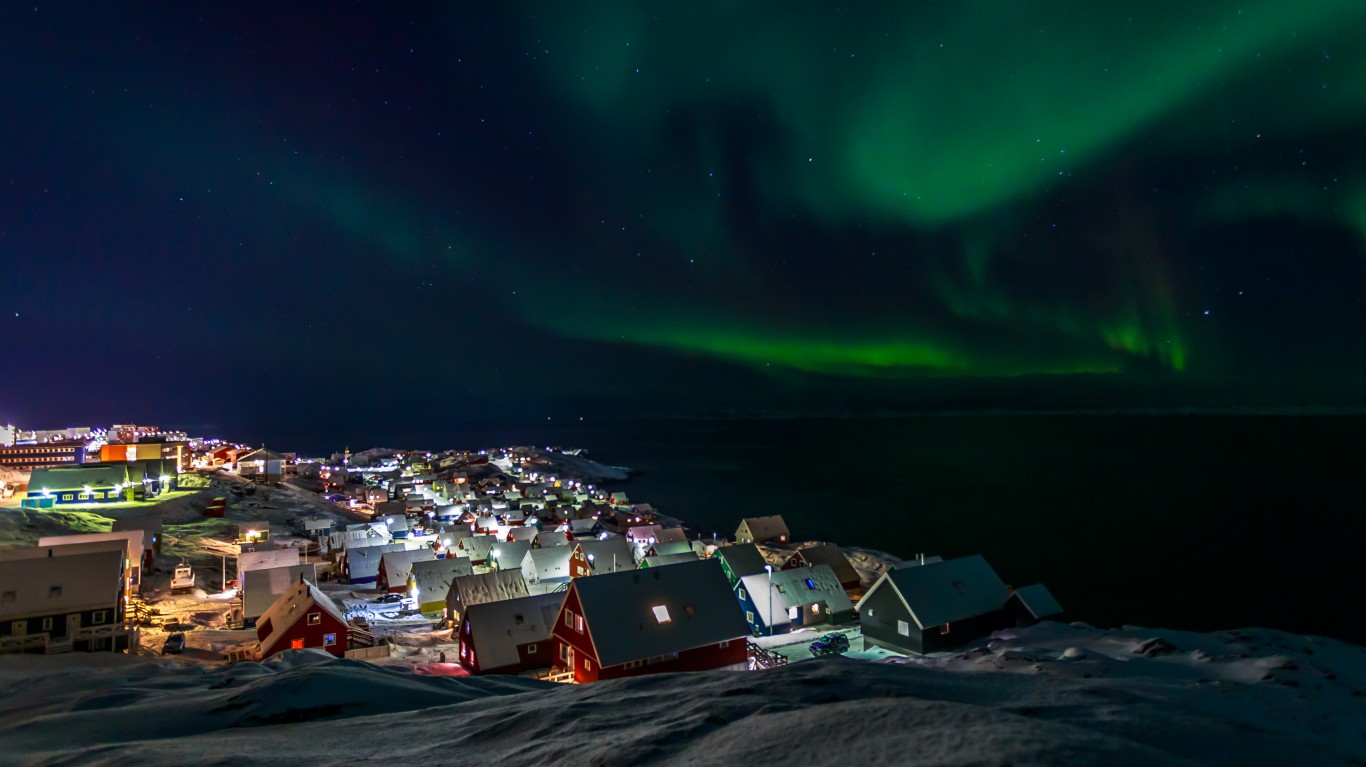
Greenland
Everybody wants to go to Greenland these days, and a big reason why is the country’s territory may change radically since 80% of it is covered in ice — and the ice is melting. The temperature in Greenland, an autonomous Danish territory between the North Atlantic and Arctic oceans, is on average 5 degrees above normal, according to the World Meteorological Organization. This has led to a seasonal melting of the country’s ice sheet.
The highest temperature ever recorded in Greenland was 78.6 degrees, measured in July 2013 at Maniitsoq airport, located beneath the Arctic Circle.
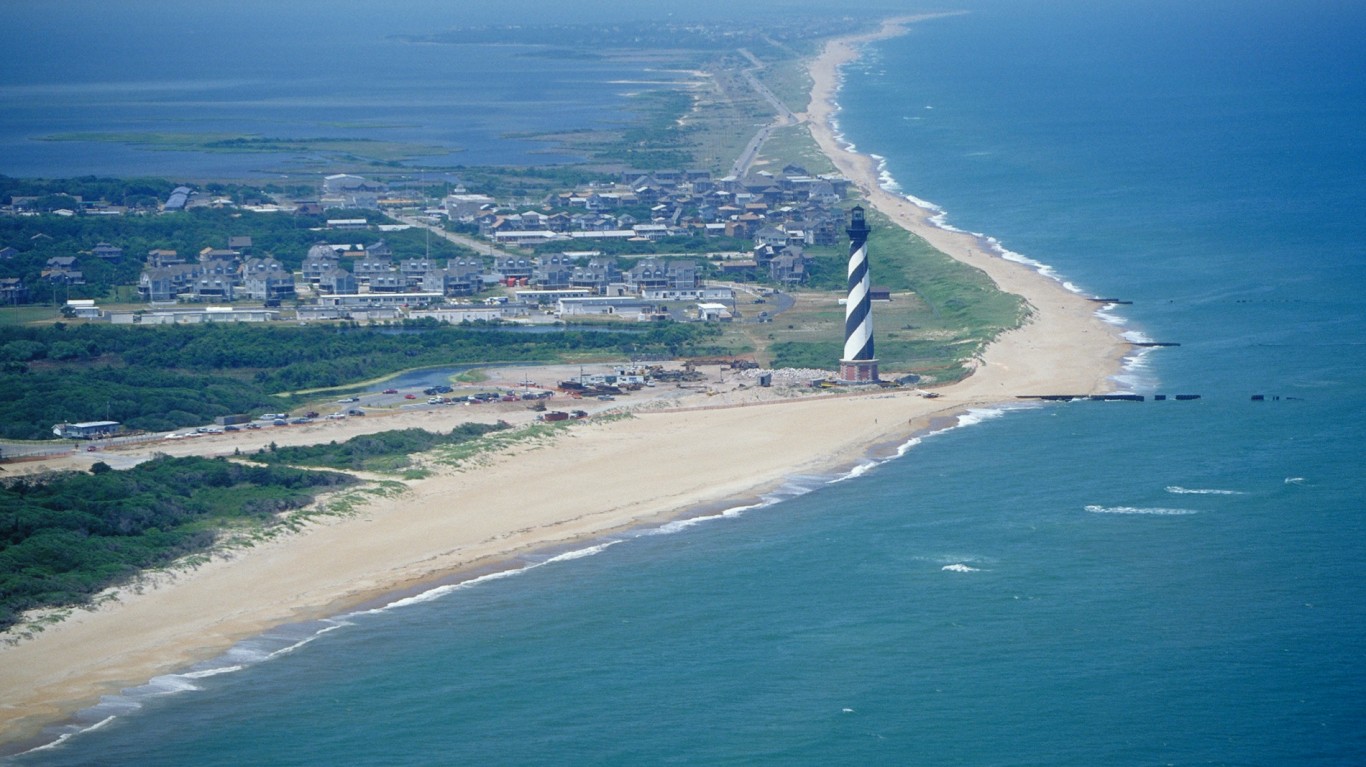
The Outer Banks, North Carolina
The Outer Banks are a very popular summer destination, known for wild horses roaming freely and, of course, beaches. But some areas of the island chain are disappearing due to more severe storms and rising sea levels brought on by global warming, as well as urban development. A part of Hatteras Island has already lost 75% of its original width.
[in-text-ad]
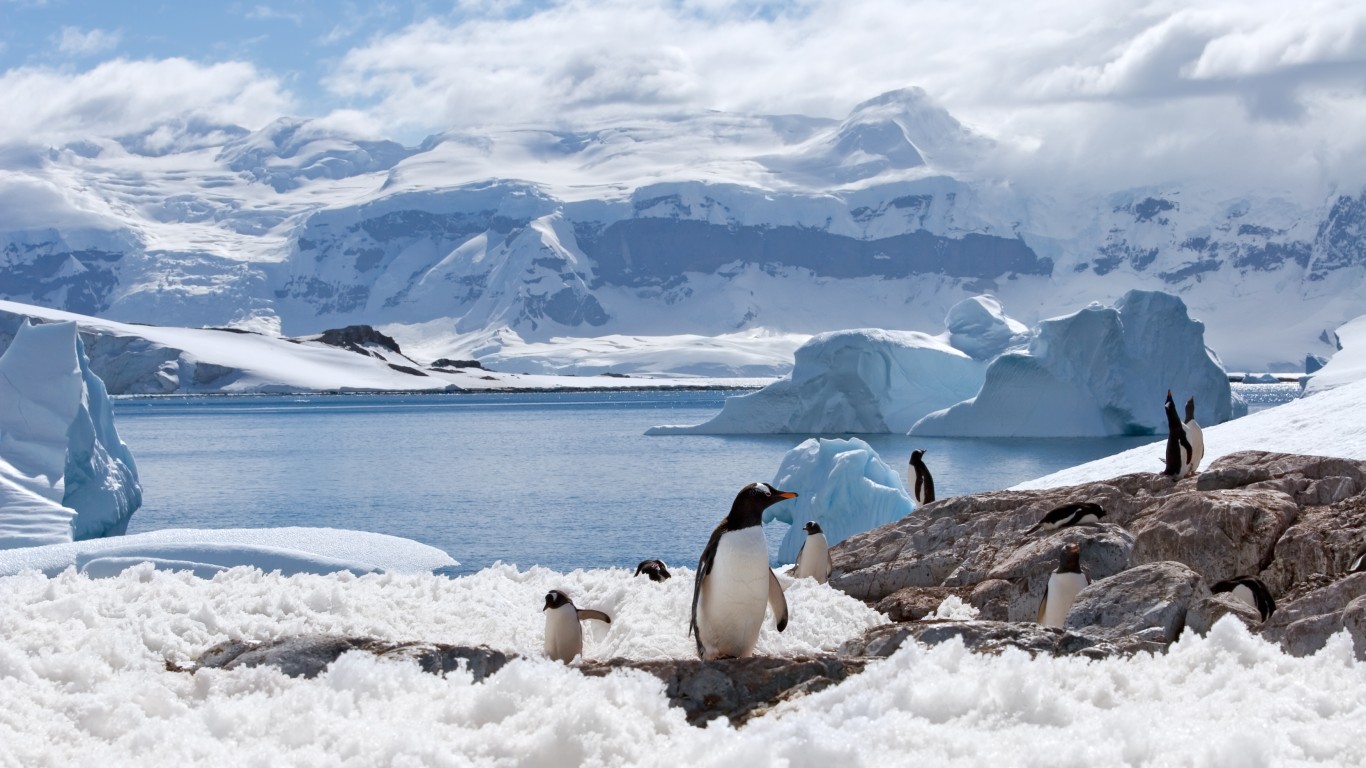
Antarctica
Antarctica — which attracts about 45,000 tourists a year, compared to about 5,000 in the 1990s — is a huge continent. While some parts have seen an increase in ice extent, many others are losing large chunks of ice. As a whole, the rate at which Antarctica is losing ice has tripled in the last 10 years. The West Antarctic Peninsula is warming faster than most parts of the planet. Large glaciers have retreated and others have collapsed completely, adding more water to oceans and increasing sea levels.
Credit card companies are at war, handing out free rewards and benefits to win the best customers. A good cash back card can be worth thousands of dollars a year in free money, not to mention other perks like travel, insurance, and access to fancy lounges. See our top picks for the best credit cards today. You won’t want to miss some of these offers.
Flywheel Publishing has partnered with CardRatings for our coverage of credit card products. Flywheel Publishing and CardRatings may receive a commission from card issuers.
Thank you for reading! Have some feedback for us?
Contact the 24/7 Wall St. editorial team.